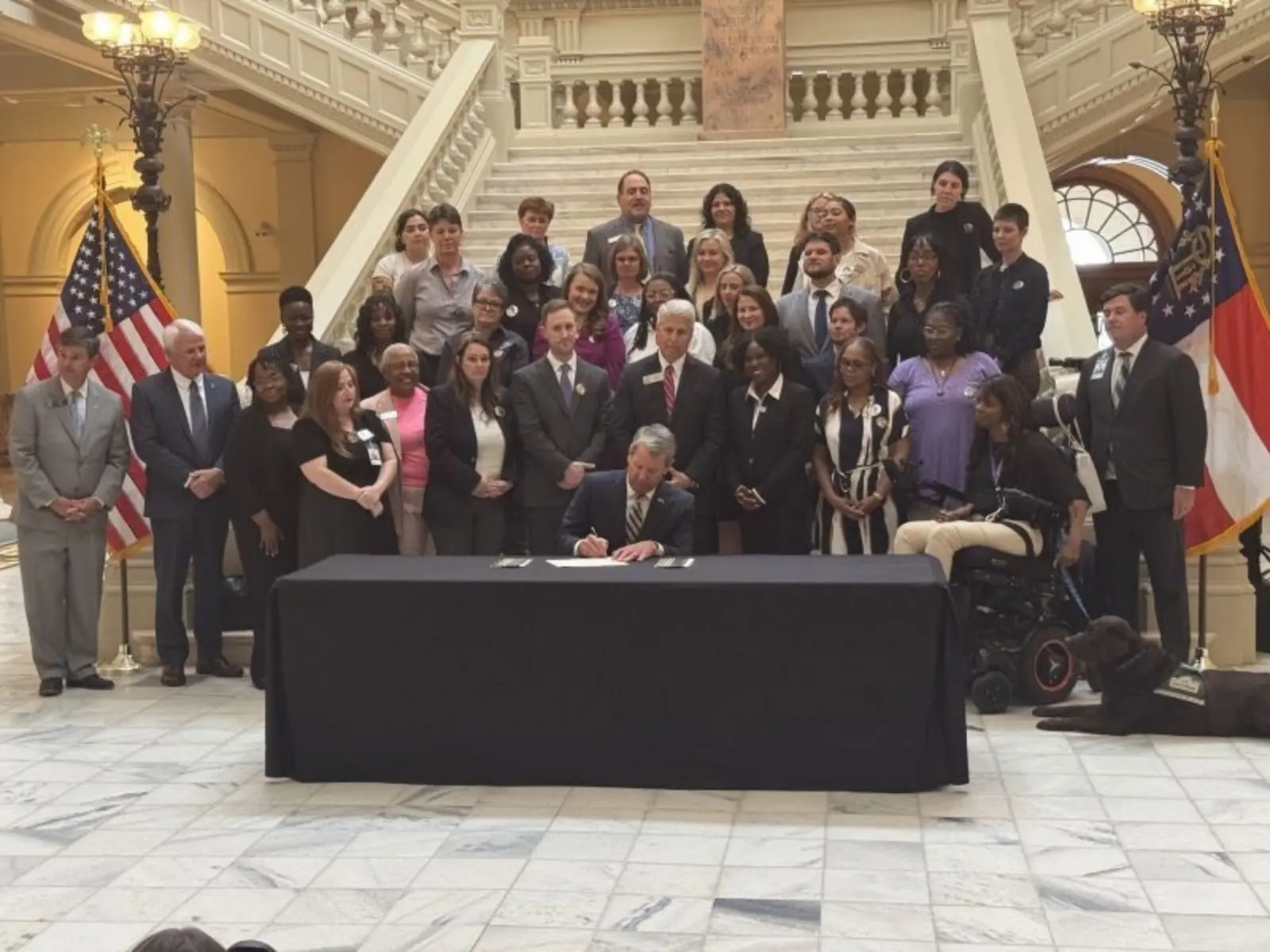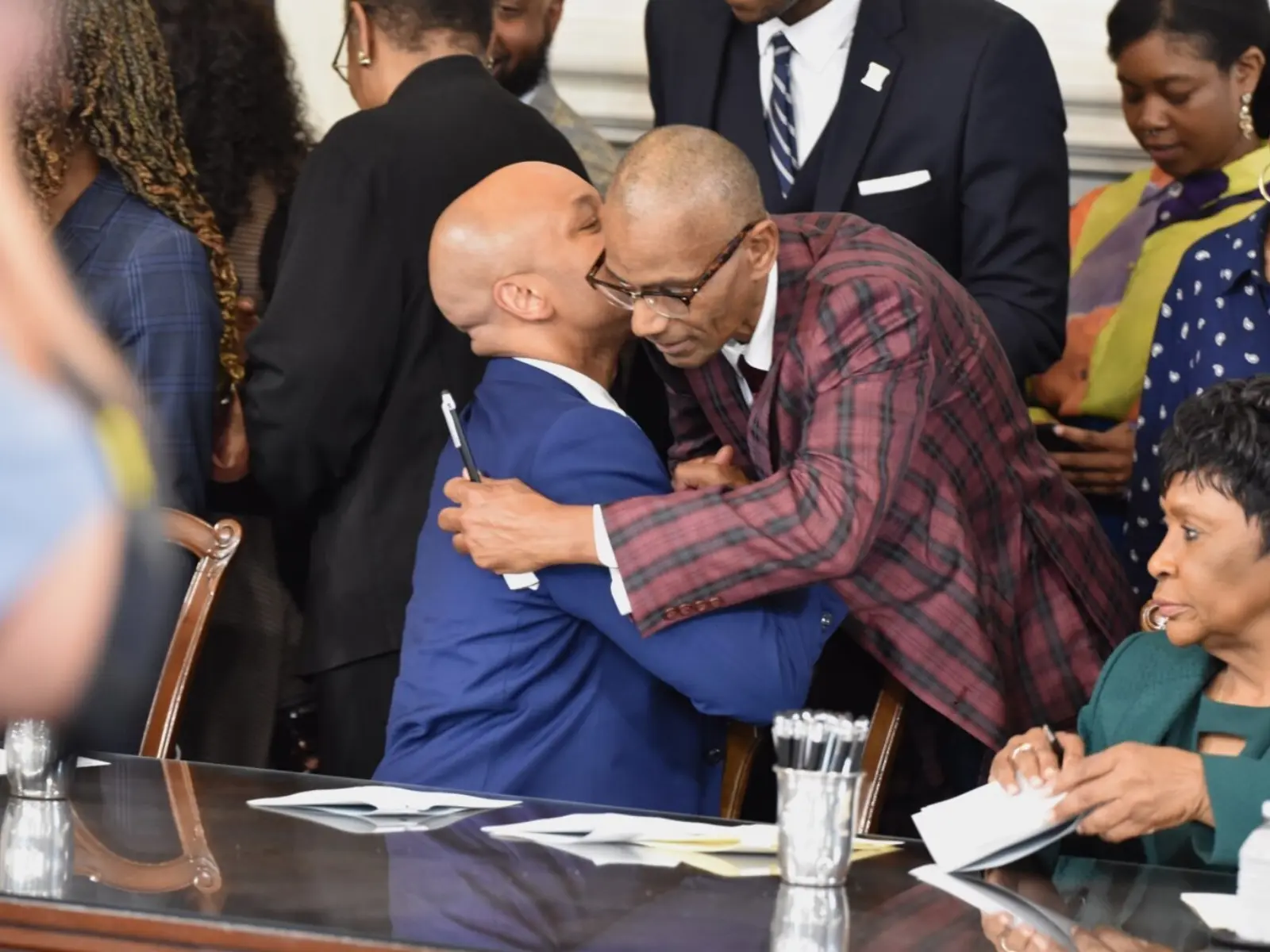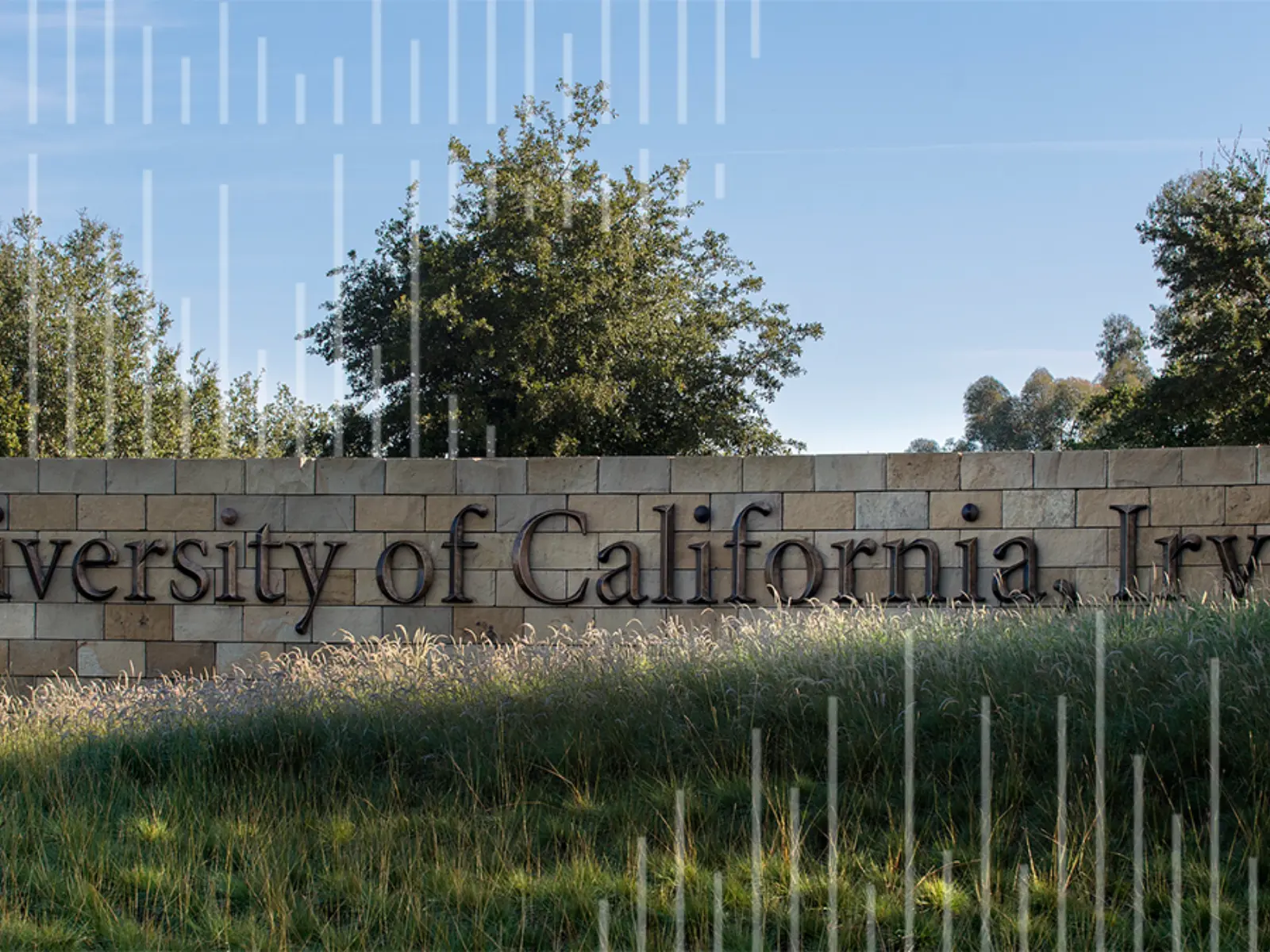In 2020, the United States experienced an alarming and unexpected spike in homicides. Murders have since declined, but the problem has sent policymakers, criminologists, law enforcement representatives, and data analysts on a quest to understand recent trends in violence. One issue is that just around half of all homicides, and even fewer nonfatal shootings, are ever solved. Experts suggest that improving clearance rates, the percentage of reported crimes that lead to an arrest, is a crucial step improving community safety.
The bipartisan Violent Incident Clearance and Technological Investigative Methods (VICTIM) Act would authorize the Justice Department to grant $360 million directly to law enforcement agencies to address this issue and solve more violent crimes. The money would go to hiring and training investigators, improving evidence-processing technology, and supporting victims and family members with a range of emergency expenses and social needs.
These provisions align with the recommendations of Jeff Asher, co-founder of AH Datalytics, a nationally recognized criminal justice data analyst. Few people are as attuned to the problems of low clearance rates as Asher, who is working with support from Arnold Ventures to create a new database of homicide and other violent crime trends. In a recent opinion column for the New York Times, he argued in favor of providing police departments with more resources that would boost their crime-solving efforts.
This conversation has been edited for clarity.

Arnold Ventures
What led you to work with homicide and other crime data at AH Datalytics?

Jeff Asher
The sample of homicide data that we have been able to collect from publicly available data was too small to be really closely predictive of the national trend. It wasn’t standardized. Some agencies report daily, some report weekly, and some report monthly. I had a vision of standardizing the data that’s being collected to allow for better analysis, better predictive powers, and a better understanding of exactly what the trend is.
Data is really a communication tool. We have all these discussions and anecdotes and feelings and vibes about what’s driving crime, but for the most part we don’t have good data. It’s hard to imagine another area of American life where we think we can get by simply with vibes. The Fed is not making interest rate decisions based on the vibes of inflation. Your favorite baseball team is not deciding what it’s going to do based on the vibes of the previous season. They’re doing it based on data and statistics. And we don’t do that for crime. Hopefully, we’re complementing what the FBI is doing by providing data faster than traditional methods.

Arnold Ventures
What are you seeing around homicide and violent crime nationally?

Jeff Asher
We’re seeing really massive changes in violent crime, mostly gun violence. The U.S. had a 30% increase in murder in 2020, which was unprecedentedly large — it was 5,000 more murders than in 2019. Then we saw a small decline in 2022, a large decline in 2023, and the early evidence points to a possible large decline in 2024, as well.
But absent consistent, standardized data from agencies, we’re really kind of grasping at straws. We can grab different data sources. We can access community crime report data, FBI quarterly data, big city data, and they all help us paint a picture. The goal of this project is to bring all those things together and expand them to where we’ve got a large enough sample — 500 to 1,000 cities — that we can understand the trends. There are all sorts of ways that policymakers, the public, and the media will be able to digest crime data.

Arnold Ventures
You’ve written about the problem of low homicide clearance rates. What does research show about that problem?

Jeff Asher
We know the greatest crime deterrent is the likelihood that a person is going to get caught. We know that clearance rates — especially for homicide, which is seemingly the most important because we’re getting murderers off the street — have been relatively low. And we also know the locations within cities where people can essentially kill with impunity. If you commit a murder in the French Quarter of New Orleans, for example, you’re likely to get caught — 90% of murders end in an arrest. If you go a mile away into a different neighborhood, there might be a 10% or 15% chance that you’re going to get caught. Clearing homicides adds a deterrent effect, and it also helps build community trust. For crime reduction, it’s more important what happens before the arrest.

Arnold Ventures
What are the most important policy responses to low clearance rates?

Jeff Asher
We want constitutional policing that leads to an increase in the number of murders that are solved. If you look at research on Boston by Anthony Braga, it shows pretty clearly that one of the factors that leads to more murders being solved relative to nonfatal shootings is just the effort and the amount of resources dedicated to solving them. We talk a lot about what to do with police resources, and the need for more patrol officers, and so on, but we don’t talk a ton about the need to focus resources on this one critical task of policing. So, it’s important that police departments devote resources to investigating and solving murders. What really matters is the share of incidents that are being solved, and the effect that might have on deterring future incidents and improving community trust.

Arnold Ventures
How will AH Datalytics’ partnership with AV help you to work with practitioners around homicide and other data today?

Jeff Asher
Our project with AV is different from what we normally do. We’re usually on the analysis side of things, taking complex data and helping organizations understand what it means. Here we’ll certainly be analyzing complex data, but we also want to put it out in a way where others can benefit from being able to do the analysis.
This entire project is going to be collaborative. We’re working with individual agencies to get data — hopefully from state Uniform Crime Reporting programs that can help provide data more efficiently from dozens of agencies in a state, or from the FBI releasing city data. And then the hope is that we’re able to work with policymakers and practitioners to take advantage of the resource and get feedback from them.
We’re continuing to look for agencies and organizations that are seeking analysis. The door is open, and we’re certainly hoping to take on more, because it’s such a wide-open field in terms of underuse of analysis and data in law enforcement and in criminal justice. Interested agencies or practitioners should feel free to contact us through our website. We want this to be a collaborative effort, because the data is a public good. The more people that are willing to partner with us, the better.




















